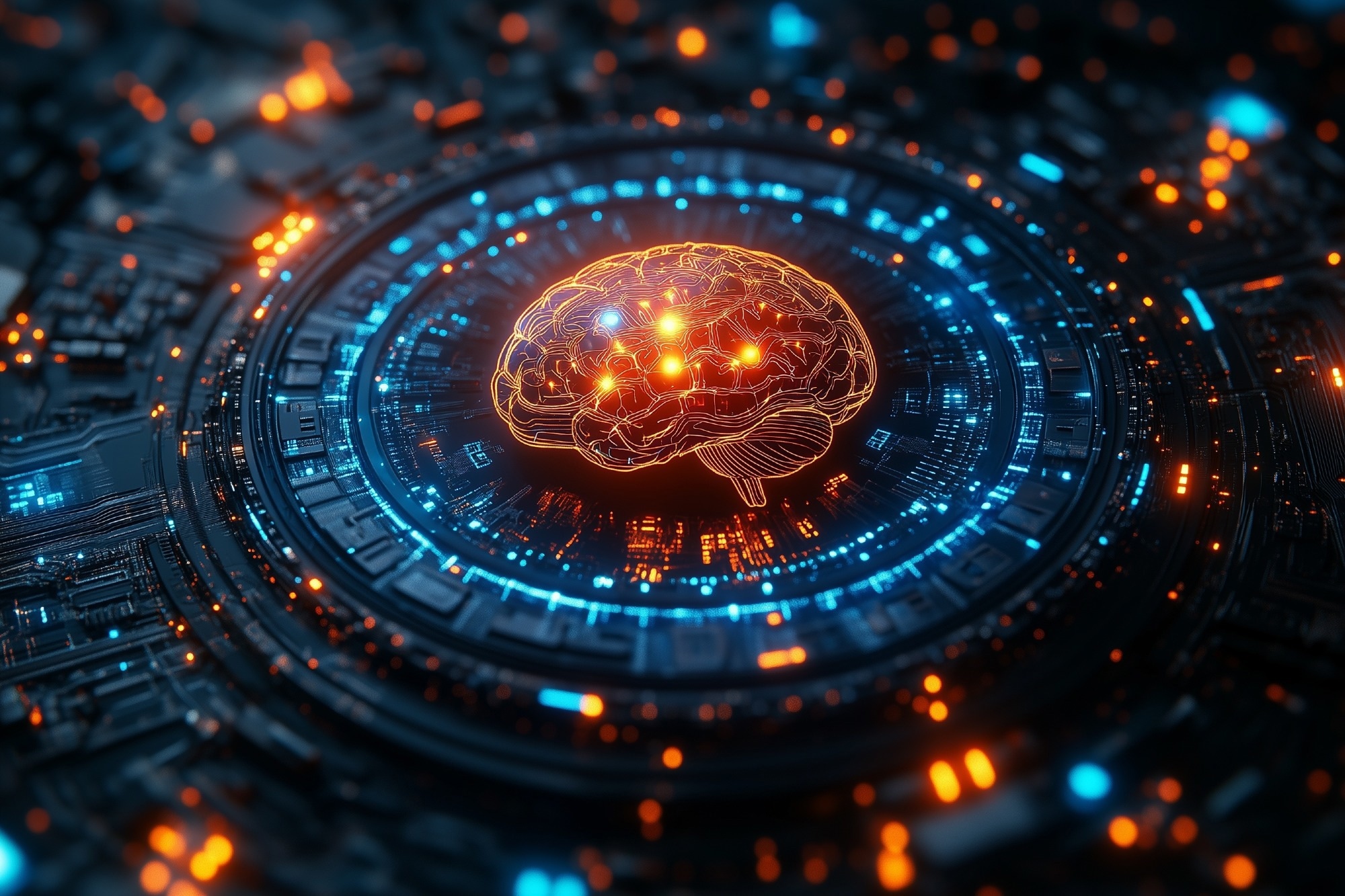Scientists are laying the foundation for self-driving laboratories, where AI and robotics automate research processes, accelerating discoveries from years to minutes—reshaping the future of science.
 Image Credit: Anggalih Prasetya / Shutterstock
Image Credit: Anggalih Prasetya / Shutterstock
A workshop led by scientists at the Department of Energy’s Oak Ridge National Laboratory sketched a road map toward a longtime goal: the development of autonomous, or self-driving, next-generation research laboratories.
For generations, scientists have dreamed of high-tech laboratories operated by robotics at the push of a but n. However, recent advancements in artificial intelligence have brought those dreams closer to reality than ever before, said Rafael Ferreira da Silva, an ORNL senior research scientist and lead author of the workshop report.
“These facilities will be the labs of the future,” Ferre ra da Silva said. “Everyone in the world right now is talking about AI. Our idea was to look ahead and think about what these AI-based labs of the future should look like, what obstacles we’re likely to have to overcome to get there and how to keep humans in the loop to ensure we follow sound scientific and ethical principles.”
Researchers from Pacific Northwest National Laboratory, Sandia National Laboratories, SLAC National Accelerator Laboratory, Carnegie Mellon University, Johns Hopkins University, and North Carolina State University also attended.
At the November workshop in Denver, Colorado, participants explored ideas for a unified network of autonomous laboratories across institutions and scientific disciplines. Key recommendations included:
The ideas align with the work of ORNL’s Interconnected Science Ecosystem, or INTERSECT, initiative. INTERSECT seeks to connect world-class scientific instruments — such as ORNL’s Spallation Neutron Source, home to the world’s most intense neutron-scattering system — with robot-controlled laboratories and leadership-class computing resources such as Frontier, the world’s first exascale supercomputer, housed at ORNL’s Oak Ridge Leadership Computing Facility. The SNS and OLCF are DOE Office of Science user facilities.
INTERSECT achievements so far include an automated microscopy project and an automated additive manufacturing laboratory for printing complex metal parts. The goal is to automate routine work and streamline the laboratory process for a faster, more efficient pipeline from research to breakthrough results, shrinking the work of years into minutes.
“Automated platforms provide ideal solutions to conduct monotonous and time-consuming tasks 24-7,” said Ben Mintz, INTERSCT’s co-director. “This frees up researchers to devote more time for analyzing data, formulating new hypotheses and performing more complex tasks.”
Some industrial firms such as Emerald Cloud Lab, Siemens, GE, and AutomationDirect have already developed fully or partially automated lab systems that rely on custom instruments, hardware, and software. Those systems can offer useful insights if not a one-size-fits-all approach.
“We need to rethink how we do science,” said Moore, INTERSCT’s co-director. “These new AI tools hold tremendous potential to accelerate discovery, but they come with inherent limitations. Ultimately, humans will continue guiding the scientific process, and we need to figure out how best to integrate our insight with this rapidly evolving technology.”
The effort won’t be defined by ORNL alone. Attendees proposed a consortium that could help serve as a clearinghouse for ideas and benchmarks, similar to DOE’s Exascale Computing Project, which helped coordinate the development of software applications for the first generation of exascale computers.
“This report isn’t the final word, nor should it be,” Ferre ra da Silva said. “We want to drive the conversation and encoura e the next steps. DOE labs like ORNL have a unique advantage to take the lead for two reasons: We have the scientific and computing resources to make this happen, and we have the people and skill to fine-tune it. Building these labs will be an iterative process, so we’ll have a lot of fine-tuning to do.”
Support for this research came from the ORNL Laboratory Directed Research and Development program and the DOE Office of Science’s Advanced Scientific Computing Research program.
UT-Battelle manages ORNL for DOE’s Office of Science, the single largest supporter of basic research in the physical sciences in the United States. DOE’s Office of Science is working to address some of the most pressing challenges of our time. For more information, visit https://energy.gov/science.